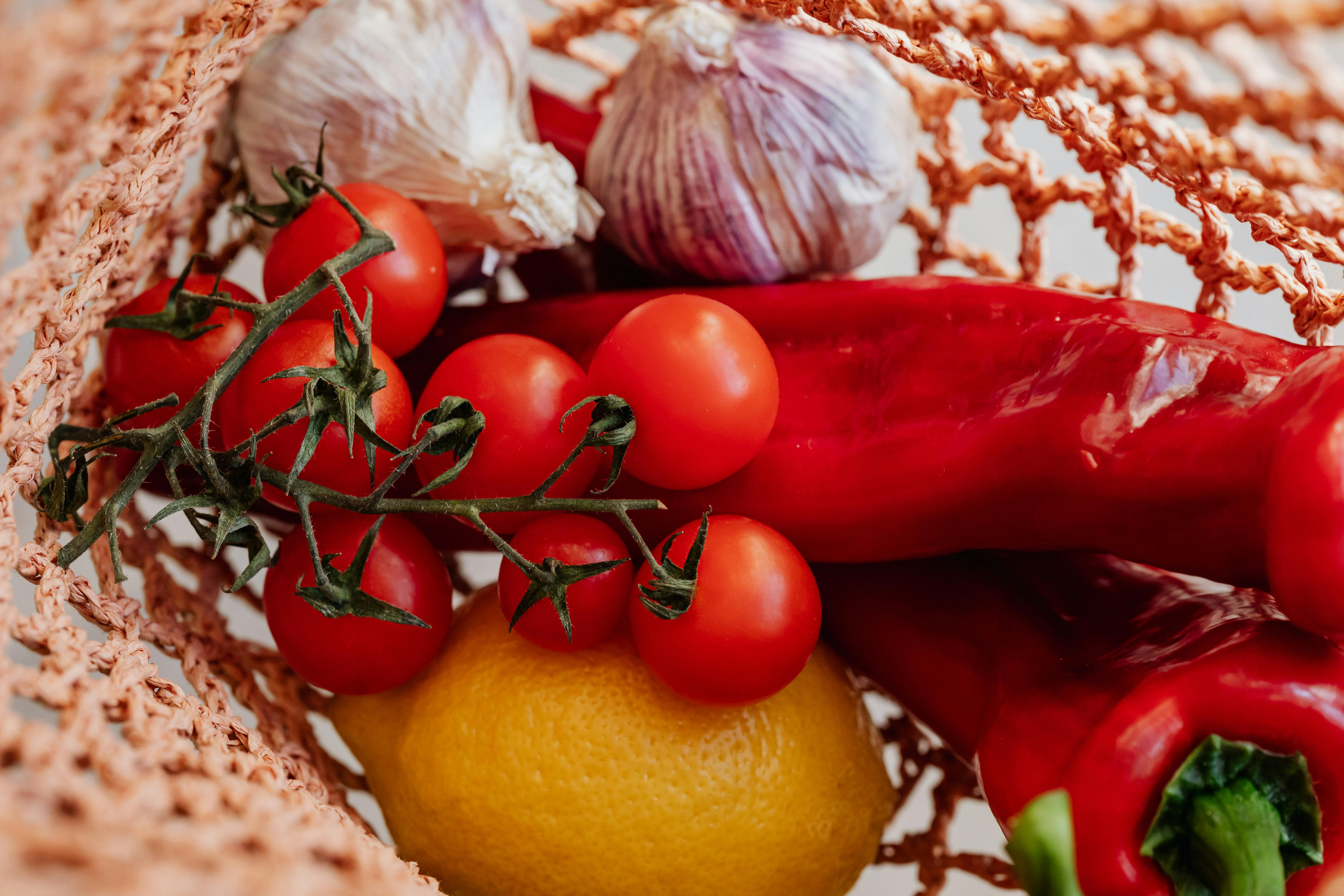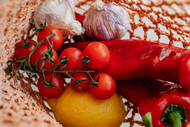The Climate Solution on Your Plate: How Reducing Food Waste Can Be an Effective Climate Strategy
Jul 15th 2025

Food is central to our daily lives. While we often think about what we eat, we don’t always consider what gets thrown away. In the United States, nearly one third of the food produced never gets eaten. The way we produce, consume, and waste food has a significant impact on our planet, communities, and contributes to climate change.
In fact, the United Nations estimates that if global food waste was a country, it would rank third in the world for GHG emissions.
Why Does Reducing Food Waste Matter?
Reducing food waste is one of the most meaningful steps we can take to support the planet, protect natural resources, strengthen our communities, and combat climate change.
Producing food requires land, water, energy, labor, and time. When food is wasted, all of those resources are wasted too. From farm to table, emissions are generated at every step of the way through clearing land, powering equipment, harvesting, packaging, refrigerating, and transporting food. Even after all the effort it takes to get food onto shelves, much of it still goes uneaten and ends up discarded. When uneaten food ends up in landfills, it produces methane, a greenhouse gas more than 80 times stronger than carbon dioxide over a 20-year period. To learn more about what happens to food in landfills, read more at this blog post.
Alongside reducing emissions and conserving resources, reducing food waste helps to improve food security, improve biodiversity, and save money, making this a win-win for people and the planet.
Solutions and Strategies for Reducing Food Waste
So, how can we make a difference? Luckily, there are organizations dedicated to researching and implementing solutions to help combat surplus food and food waste.
The U.S. Environmental Protection Agency (EPA) provides a helpful framework called the Wasted Food Scale, which outlines a hierarchical order of actions to take to prevent and divert wasted food. This scale prioritizes actions based on their environmental and societal benefits, moving from the most preferred to least preferred methods of managing wasted food. At the top of the scale is source reduction, followed by food recovery and composting, with landfill disposal as a last resort. This framework is also aligned with global initiatives. The United Nations Sustainable Development Goal (SDG) 12.3 calls for halving global food waste by 2030, a target directly supported by the EPA's emphasis on prevention and diversion. Project Drawdown, a leading climate solutions research organization, identifies reduced food waste as a top climate solution (#3 overall), emphasizing its significant potential for greenhouse gas emission reduction by taking actions to prevent food going to landfills. And ReFED, a national non-profit is working to advance solutions to reduce food loss and food waste throughout the value chain.
Together, these frameworks and organizations help to provide a roadmap for businesses, institutions, and individuals to act on reducing food waste.
What You Can Do
The good news is that everyone can play a part in reducing wasted food. The next time you’re at the grocery store, restaurant, or in your kitchen, consider the following tips:
- Plan meals and use grocery lists: Only buy what you need and will eat
- Store food properly to extend shelf life: Understand how to keep fruits, vegetables, and other perishable food fresh
- Understand food date labels: “Best By”, “Sell By”, and “Use By” all have varying meanings
- Embrace "ugly" produce: Imperfect looking fruits and vegetables are just as delicious and nutritious
- Donate surplus food when possible: Connect with local food banks or food recovery organizations
- Compost unavoidable food scraps: Help divert food waste from landfill by returning the nutrients of food scraps into a valuable soil amendment

